The first Web3 infrastructure for a decentralized Internet
Grape is the only layer one ecosystem that combines two proprietary solutions, DAG and AI, to power complex DApps.
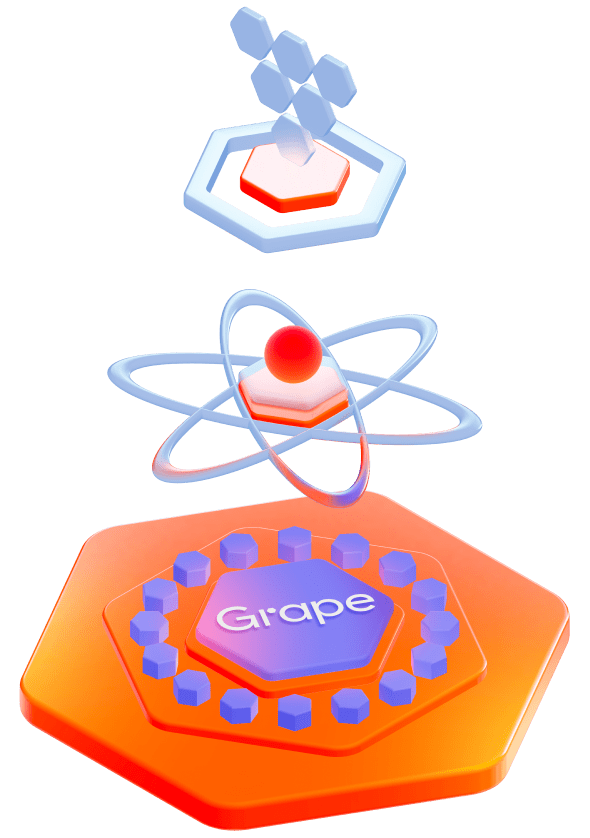
What Industry Experts Say About Grape

Crypto Virally




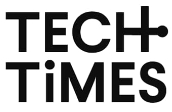
Grape’s two proprietary technologies - VINE and ANNE will improve the adoption of web3 and push it to the next level of web4

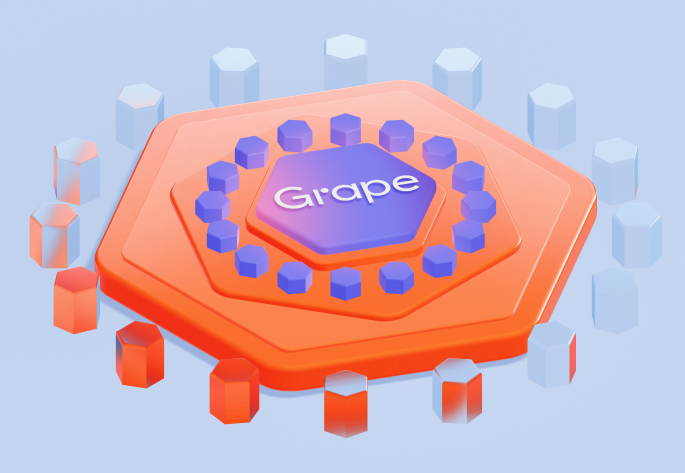
VINE formulates the transaction tree without hitting linear limitations or bottlenecks
VINE is based on Direct Acyclic Graph (DAG), a mathematical-based technology that asynchronously generates entries in a decentralized ledger, allowing an unprecedented 700,000 transactions per second!
ANNE is an AI interface that improves interaction with each of Grape’s services
The final goal of ANNE is to become a virtual assistant for all users of the ecosystem.

- Launchpad
- Smart Contracts
- Biometric User Access
- DEX
- AI-based Interface
- Marketplace
- Quantum Resistant Encryption
- Decentralized Cloud Storage
- Interoperable NFTs Standard Transfer

Grape’s platform allows the launch of any Web3 DApps
All of Grape’s services will power the real decentralization of the ecosystem – from wallet login to data storage.
The primary goal of Grape is to create a fully decentralized infrastructure
Due to its unique design, Grape network performance will grow significantly with each new advanced node connected to it. Allowing capabilities to easily reach 700,000 TPS or more.

Videos about Grape
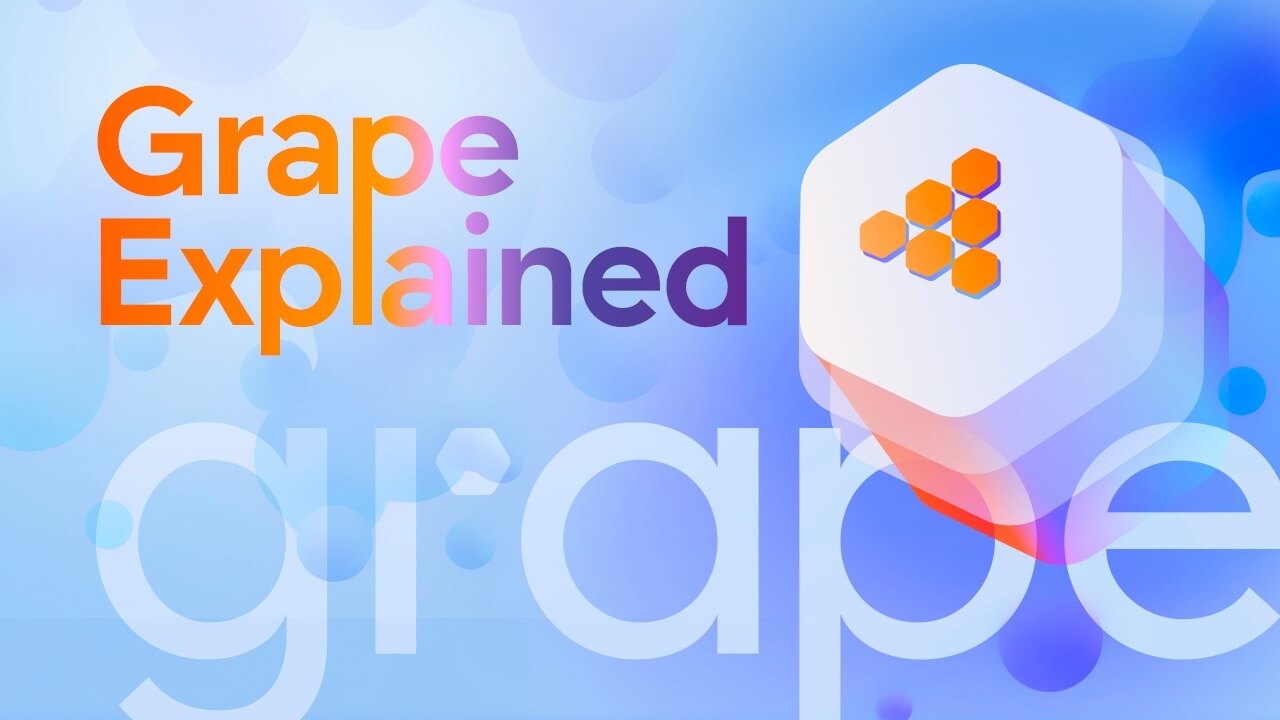
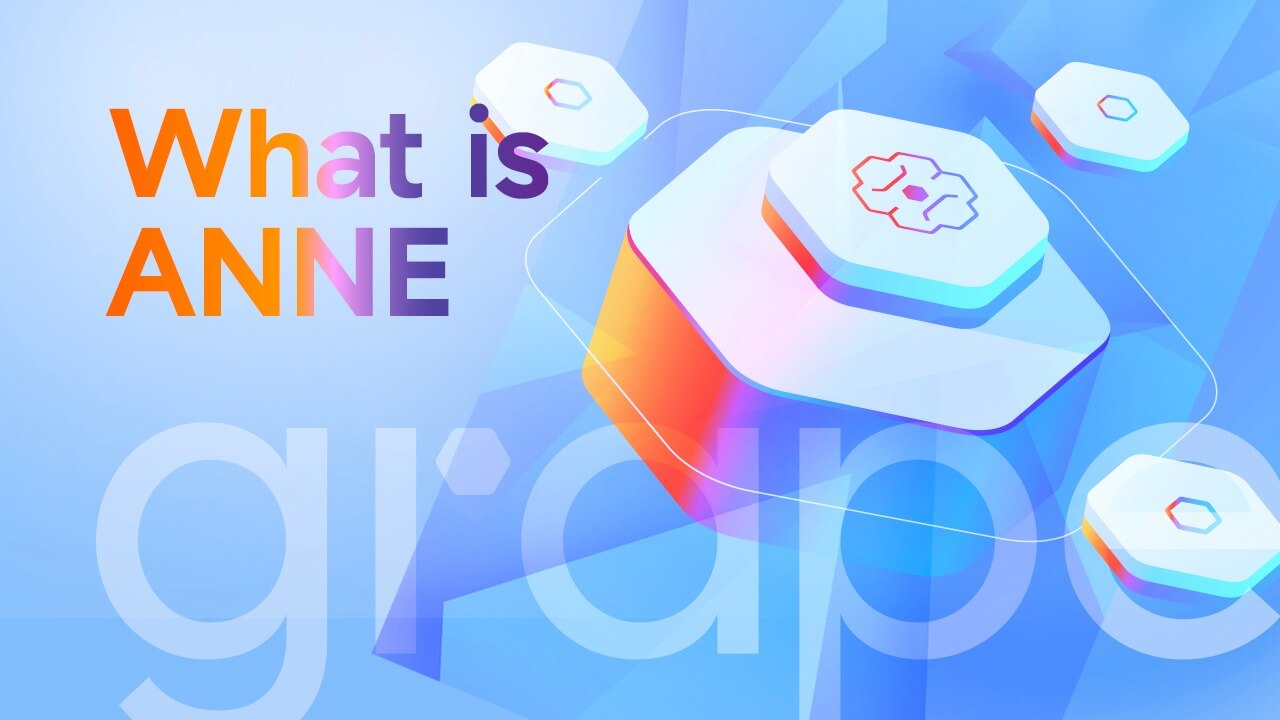
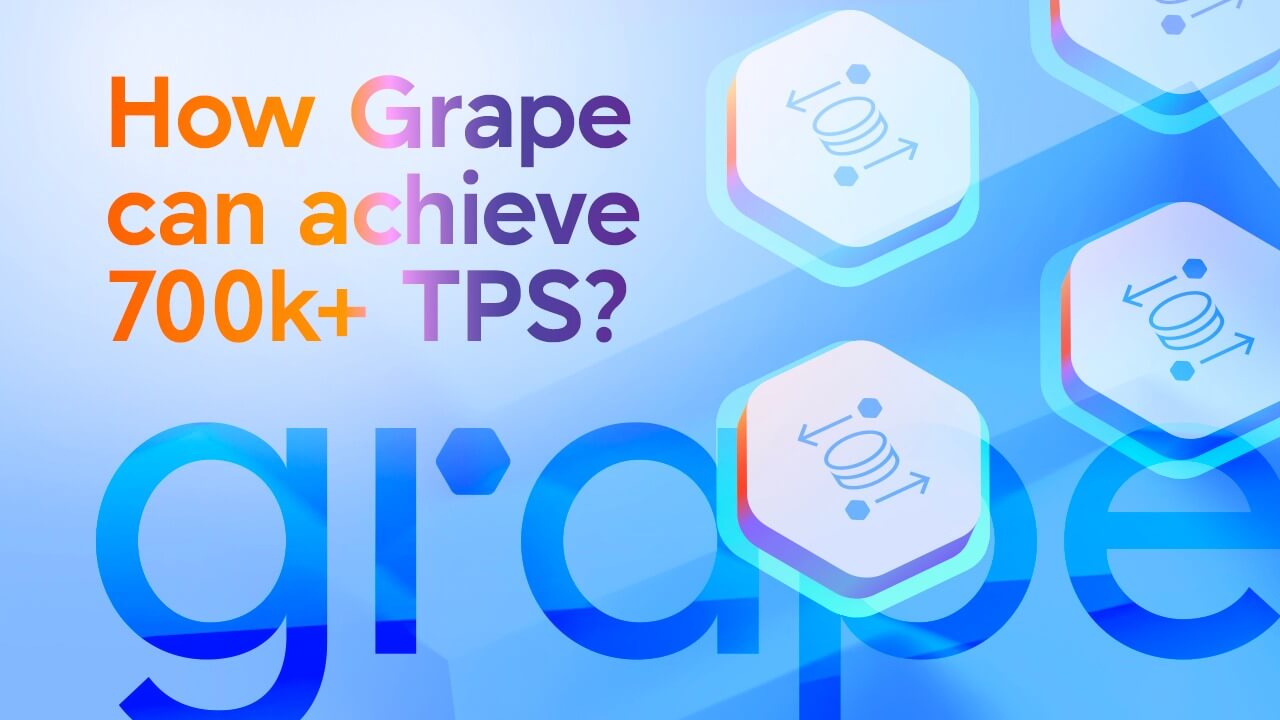
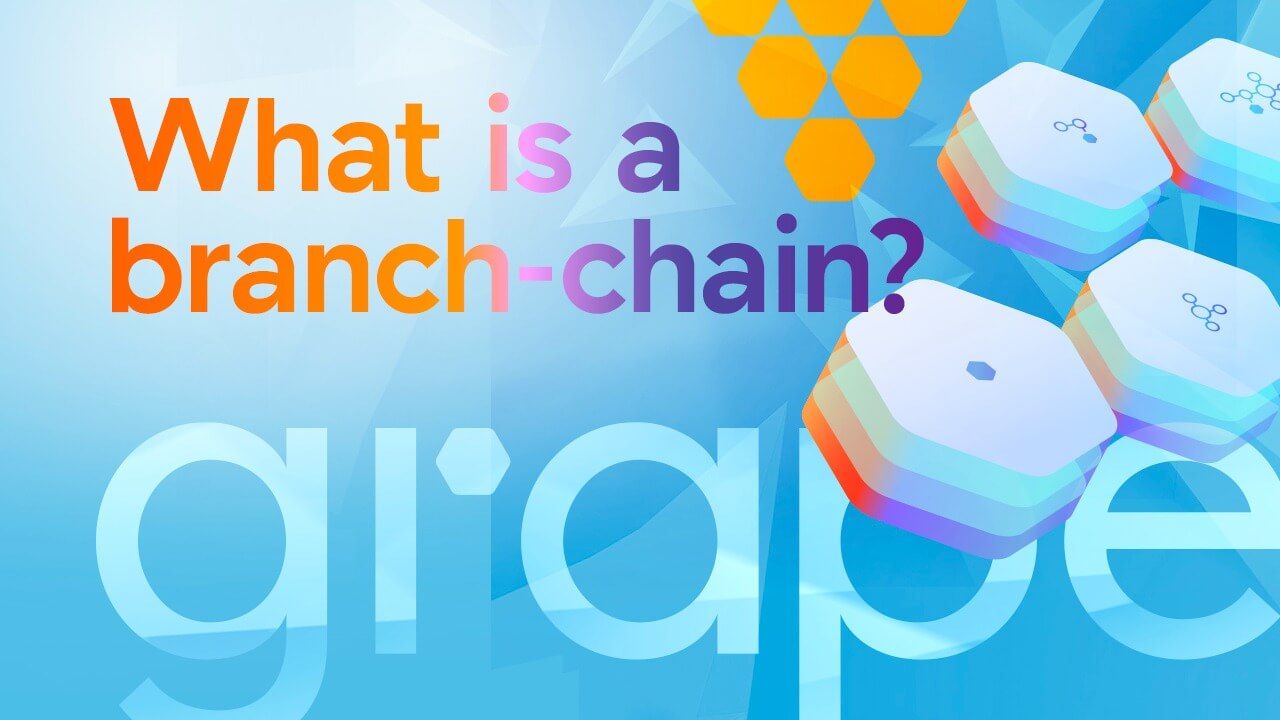
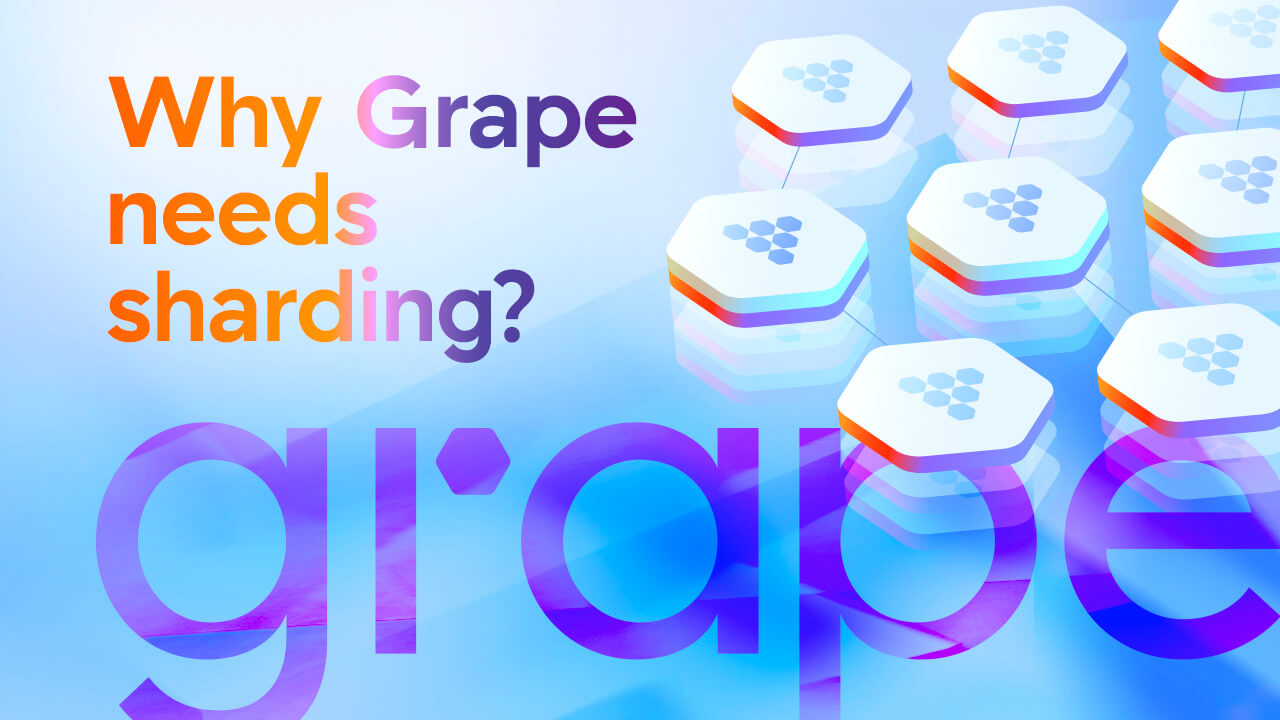
We chose virtual worlds and gaming as a starting point to validate the functionality of our ecosystem and test its scalability and potential. Although web3 gaming and metaverses are growing rapidly, Grape is not limited to these applications. Grape is a comprehensive web3 ecosystem designed to withstand huge loads of data. It has all the necessary functionality to support the needs of DApps for various industries, including banking and supply chains. In a nutshell, industries sensitive to real-time exchange of information and secure document turnover can benefit from using all the functions of Grape infrastructure.
- The technical team started the project planning in the middle of 2022 followed by our team of mathematicians and engineers carrying out necessary organizational work.
- In December 2022, the team conducted several theoretical and practical studies to confirm the mathematical approach taken was viable and able to meet business goals.
- Until the beginning of 2023, the team focused on creating a mathematical foundation to serve as the basis for the project’s innovations.
- In parallel, starting at the end of 2022, the team actively began implementing mathematical modules into the codebase, and in early Spring 2023, we launched the first versions of the testnet.
- In the Spring of 2023, the team formulated a plan to patent the intellectual property that underpins the core values of Grape. We have already documented two patents, and two more are in progress. The team also foresees the possibility of applying for more patents during the project’s implementation.
- The team continues to achieve the public roadmap and launch the mainnet on time.
Blockchain is an optimal choice for most web3 applications, but its linear block nature creates bottlenecks that limit its potential for development. The Grape team used direct acyclic graph (DAG) technology to overcome these limitations as the foundation for its ecosystem. While DAG’s use for distributed ledger technology (DLT) is not new, existing limits have prevented DAG-based projects from achieving their goals due to the difficulty of forming a stable consensus for virtually unlimited bandwidth. To overcome these challenges, the Grape team has developed proprietary mechanisms that guarantee network consensus without relying on super nodes. As the number of users’ nodes increases, the ecosystem’s bandwidth grows, achieving true decentralization.
Adding an advanced node to the network will increase the TPS (transactions per second) by 1000. We avoid bottlenecks by ensuring that each validator adds scalability to the network leading to unlimited scalability. As we plan to provide infrastructure for virtual worlds and other applications requiring a high volume of microtransactions, it is essential that the network is not overloaded, as is currently happening with Bitcoin and Ethereum.
When designing the project architecture, the team focused on simplifying the process of becoming a validator and minimizing hardware requirements. Since the number of validators directly impacts network bandwidth, it was crucial to make this process as accessible as possible.The project currently offers two types of validators: advanced nodes and basic nodes. The primary difference is that advanced nodes store the database while basic nodes do not. Nodes that store the database will increase the network bandwidth and receive additional rewards accordingly. On the other hand, basic nodes contribute to decentralization and will also receive rewards for confirming transactions.
As we move closer to the mainnet launch, the Grape team will prepare detailed instructions on becoming a validator.
Our main goal is to establish Grape as a fully decentralized infrastructure customizable to fit the needs of any project. Most projects only require running a few smart contracts within the Grape ecosystem, while others require more extensive customization. To accommodate the need for customization, we have implemented a branch-chain concept maintaining all the functionality and security of the mainnet, while allowing projects to create their own infrastructure fully integrated into the Grape ecosystem. Grape’s branch-chain enables projects to create rules for fees, currencies, workflow, and more. Additionally, flexible communication between the mainnet and branch-chain ensures that validators from both networks can maintain the security and speed of each other. As a result, Grape can serve as a comprehensive infrastructure for a wide range of projects.
Security is a critical factor in ensuring the resilience of any project. In the Grape ecosystem, the fundamental element responsible for achieving security is consensus. Consensus enables the growth of the DAG transaction tree and ensures efficient performance. High-performance hardware and a post-quantum encryption algorithm secure the generated data from unauthorized interference. The Grape Wallet will also have an extra layer of security through multiple biometric options for authentication and transaction verification.
One of the major challenges for businesses that wish to leverage the benefits of web3 and broaden their user base is the need for technical expertise. Building a system in the web3 space requires specialized skills and knowledge that are not readily available in the market, making it an expensive endeavour for businesses to either develop an internal team or hire external developers. Thus, we aim to provide a comprehensive interface enabling web3 developers and non-technical professionals to easily create and deploy smart contracts with minimal guidance using natural language processing (NLP). With NLP, the ecosystem’s users can create smart contracts using a combination of prompts.
Each operation within the Grape network, be it a financial transaction, data storage request, or smart contract deployment, generates a significant amount of data. As the network grows, this data has the potential to increase exponentially, making it crucial to find an effective way to scale the network’s throughput without compromising its functionality. We have implemented a sharding mechanism that segments the database into smaller fragments to ensure the database remains compact, mobile, and easy to manage over time, achieving maximum decentralization. This mechanism also facilitates the entry of advanced validators by reducing the required database size.
NFT interoperability ensures compatibility between multiple networks rather than being isolated on one platform. The standardized creation and transfer of NFTs between networks allow the same game asset in a GameFi or metaverse project to be transferred and used in a different platform, leading to a wider user base for both environments.
One of Grape’s main advantages is Decentralized Cloud Storage (DCS). It enables the storage and processing of information generated by participants in a segmented form, thereby achieving true data decentralization.